The Remote Work Lie
Remote work isn’t going away ... and neither are the risks that come with it.
Every time someone logs in from a coffee shop, a hotel lobby, or their personal laptop at home, you’ve just expanded the attack surface for your business. That’s not fearmongering. That’s math. More connections, more devices, more opportunities for hackers to find a weak spot.
The good news? Securing a remote workforce doesn’t have to be complicated. It just has to be done right ... and consistently.
Here’s how to keep hackers out no matter where your team works from.
1. Force All Remote Connections Through a VPN
A VPN isn’t a “nice-to-have.” It’s the difference between secure traffic and an open invite for anyone listening on the network.
Every remote employee uses the company-approved VPN. No exceptions.
Keep it patched and updated.
Add multi-factor authentication (MFA) so stolen credentials aren’t enough to get in.
2. Kill the Public Wi-Fi Problem
Coffee shop Wi-Fi is hacker heaven.
Push personal hotspots or secure home networks instead.
If public Wi-Fi is unavoidable, verify the network before connecting.
And yes ... the VPN should still be on.
3. Take Mobile Devices Seriously
Phones and tablets carry just as much sensitive data as laptops.
Encrypt them so stolen devices are useless.
Enable remote wipe in case they go missing.
Install mobile security apps to catch malware before it spreads.
4. Train Like It’s a Contact Sport
Hackers love human error.
Run phishing simulations regularly.
Drill security policies until they’re second nature.
Make it easy for employees to get help when something looks off.
5. Limit Access Like It’s Gold
If someone doesn’t need access to sensitive data, they shouldn’t have it.
Use role-based permissions.
Review logs for weird activity.
Remove access the minute someone changes roles or leaves.
6. Fortify Email (The #1 Attack Vector)
Most attacks still start in the inbox.
Use advanced spam and malware filtering.
Encrypt sensitive messages.
Restrict risky attachments.
7. Secure the Cloud
Your cloud apps and storage are only as safe as your settings.
Work with vetted, secure providers.
Encrypt data at rest and in transit.
Monitor access for suspicious logins.
8. Have an Incident Response Plan That Works
When a breach happens, speed matters more than anything.
Have clear steps for reporting and containing a threat.
Provide direct lines to IT.
Run drills so people know exactly what to do.
9. Stop the Password Madness
Weak or reused passwords are still one of the biggest open doors for attackers.
Require strong, unique passwords.
Give employees a password manager.
Ban password reuse entirely.
10. Patch Like Your Business Depends on It (Because It Does)
Hackers love outdated software ... it’s basically an unlocked door.
Turn on automatic updates where you can.
Have a process for testing and deploying patches fast.
Run vulnerability scans to catch holes before someone else does.
The Bottom Line:
Remote work is here to stay. If you’re not locking down every device, connection, and account, you’re leaving the door wide open ... and hackers don’t need much of an invitation.
If you’re a current client, these protections are already in place for you. If you’re not, this list isn’t just a suggestion ... it’s the minimum standard for survival in today’s environment.
© Copyright 2025 Inzo Technologies. All Rights Reserved. Built with MSP Sites. | Privacy Policy | Areas We Serve

